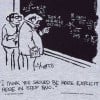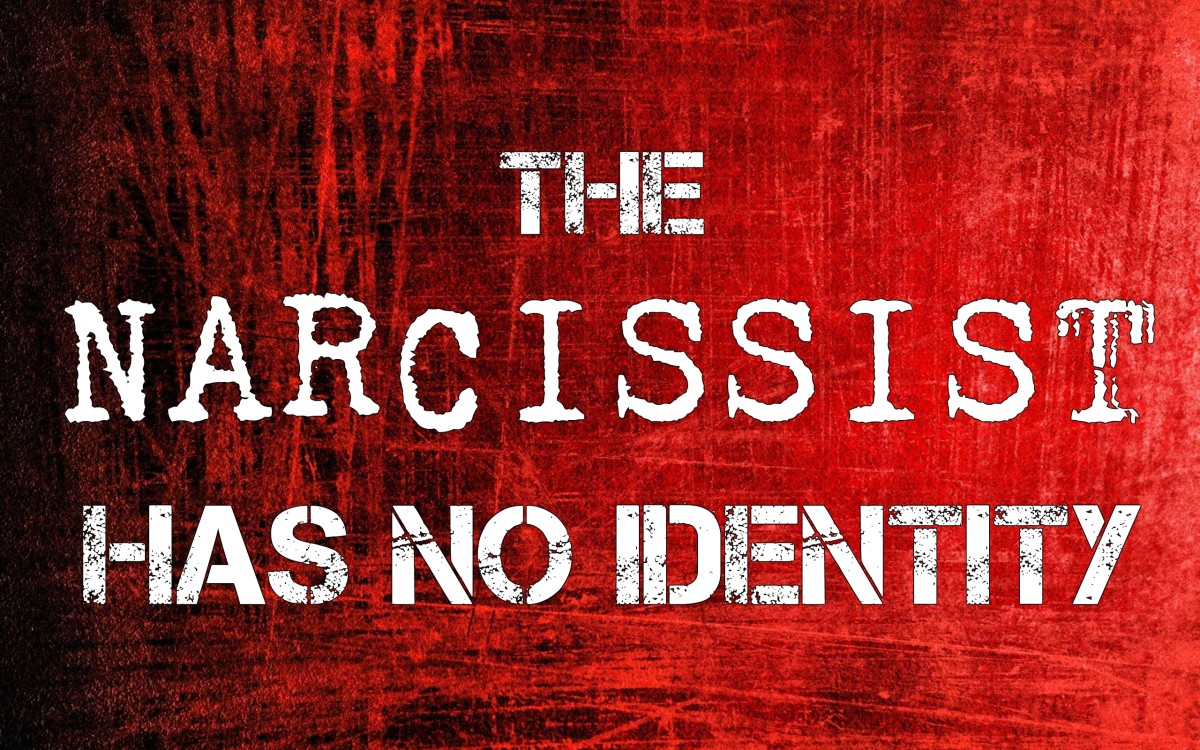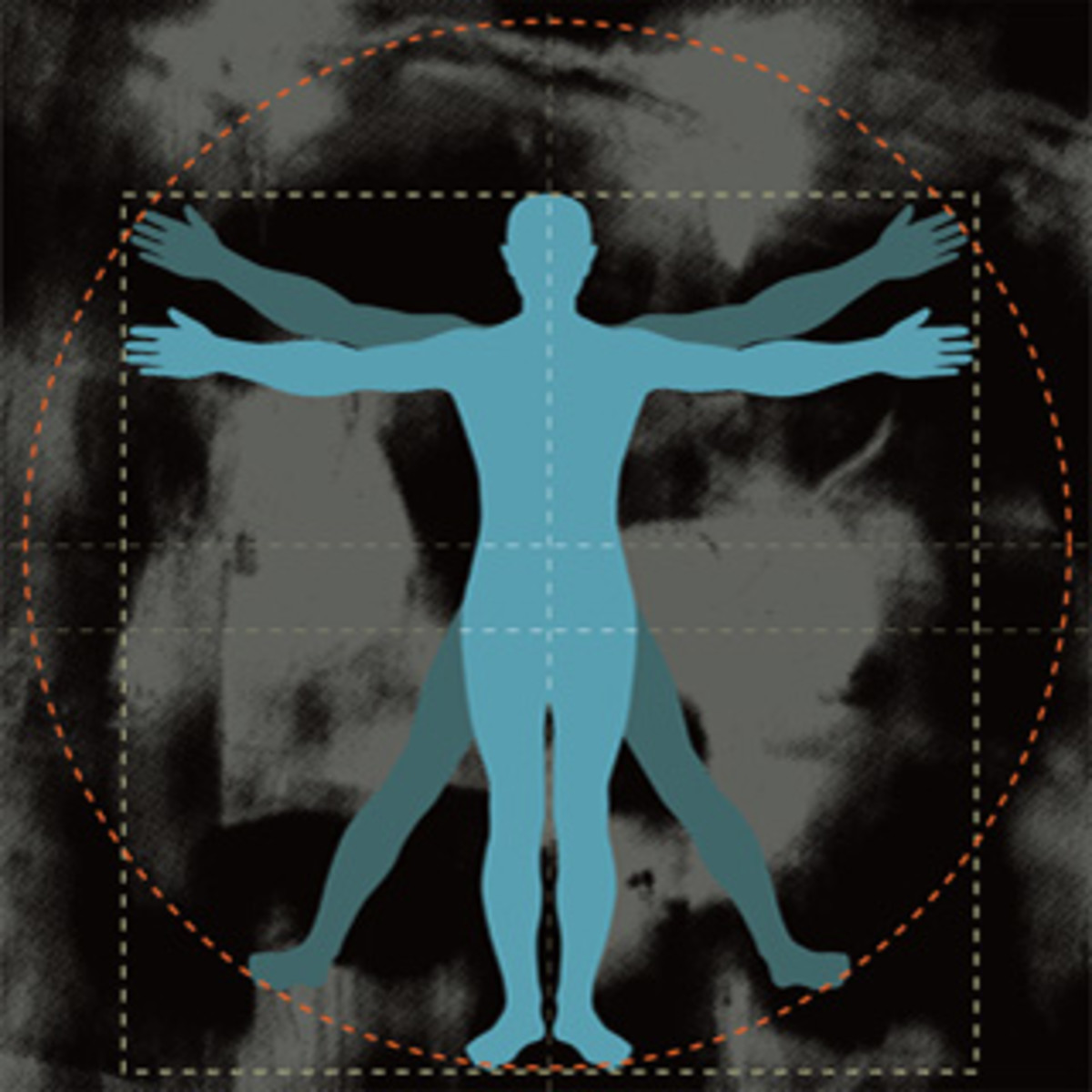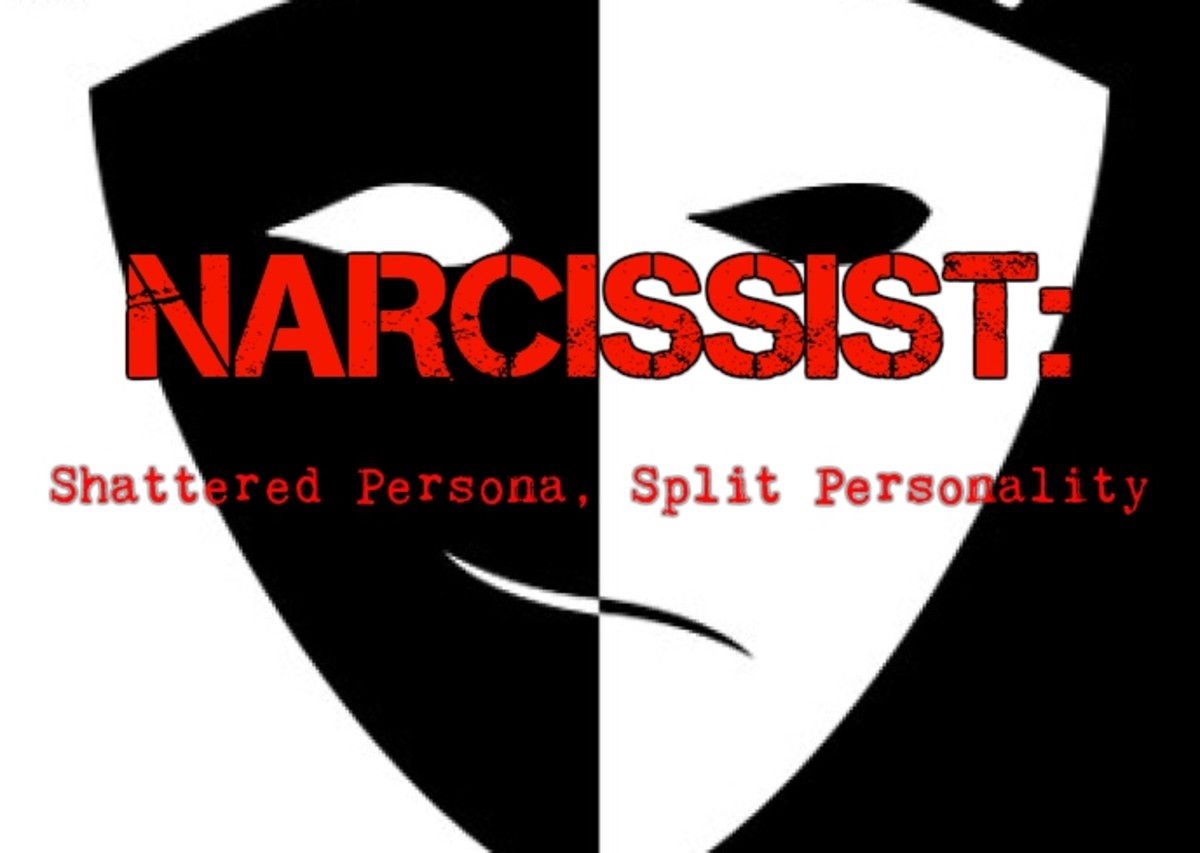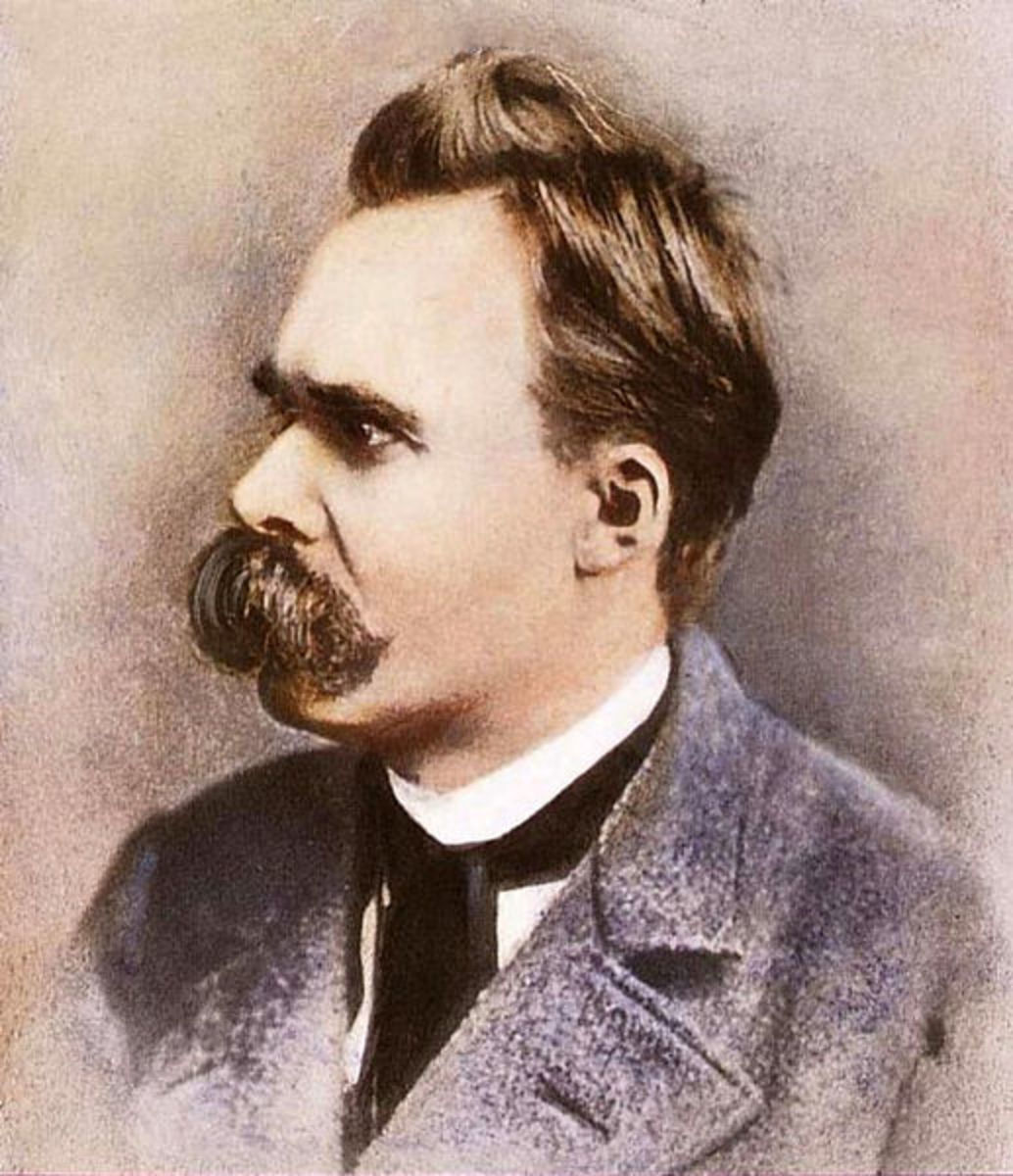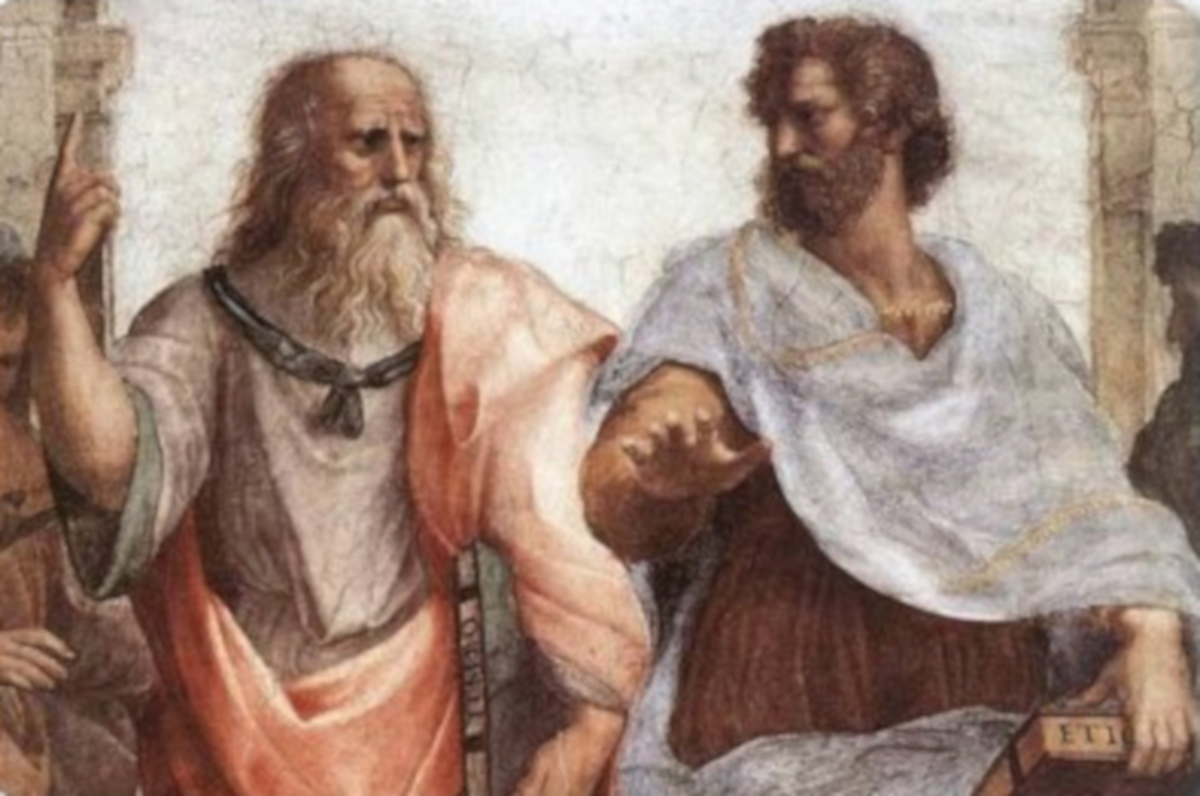Fight Club and the Illusion of the Self
Fight Club and the Illusion of the Self
Fight Club and the Illusion of the Self
“You are not a beautiful and unique snowflake. You are the same decaying organic matter as everyone else, and we are all part of the same compost pile. Our culture has made us all the same… We all want the same. Individually, we are nothing” (134).
The novel Fight Club has been widely reviewed as a nihilist and anti-capitalist work with masculine identity undertones. I do not refute these claims. However, I believe the novel also addresses the idea of self. Our society generally accepts the idea of an individual self with a continuous consciousness and a more or less fixed personality. The novel Fight Club offers evidence against this belief. The narrator of Fight Club struggles to define who he is and experiences many rebirths. He changes from a merchandise hoarding materialist, to a cancer patient impersonator, to a brawler to a Zen master to the leader of a terrorist organization. Eventually, he literally becomes another person as Tyler Durden takes control. Throughout the novel, other characters also experience drastic change when exposed to fight club, suggesting that our thoughts and behaviors are based more on situation and opportunity than on anything inside of us. Their personalities change even more as Tyler Durden manipulates them into being the type of people he wants them to be. Because the characters in the novel are unable to find any type of consistent self, and because their personalities are so easily changed and manipulated, Fight Club suggests that the idea of a consistent, unified self is nothing more than an illusion.
Before the narrator turns to fight club, he attends support groups for terminal illnesses to find a new identity. At a support group he can escape his empty life for a moment at a time and become someone people really care about: “If I didn’t say anything, people assumed the worst. They cried harder. I cried harder” (22). He says that when people think you’re dying, they really listen to you. Every night the narrator takes on the role of a grieving cancer patient, not just to gain acceptance, but also to experience the hopelessness that comes with seeing death firsthand and realizing that “on a long enough time line, the survival rate for everyone will drop to zero” (17). The narrator feels that by confronting death, he gains a new appreciation for life and is actually reborn as a different, happier person: “Every evening, I died, and every evening, I was born. Resurrected” (22).
Eventually, even this rebirth isn’t enough for the narrator. After his condo is mysteriously destroyed, the narrator turns to fight club to find his identity. At the beginning of the novel, the narrator defines himself by his possessions. He describes his condo in great detail, explaining how expensive, unique and well crafted each item of furniture is. He revels in his possessions, even his dishes: “Your set of hand-blown green glass dishes with the tiny bubbles and imperfections.” (41). He spends his free time detailing his car and cleaning his living room. He reads IKEA catalogues while sitting on the toilet in the hopes of discovering the perfect couch. After his condo and possessions are destroyed, he tells the police that he lost the person he used to be in the explosion:
I loved that condo. I loved every stick of furniture. That was my whole life. Everything, the lamps, the chairs, the rugs were me. The dishes in the cabinets were me. The plants were me. The television was me. It was me that blew up. Couldn’t he see that? (111).
This event erased who the narrator was. At this point in the story, he has no identity. The narrator’s loss of identity shows how quickly people can lose the things that they use to define themselves. This example of loss can be applied to humanity as a whole. Though most people don’t define themselves by their home, many do. Others define themselves by the art they create, or by the labors of their profession. Because these things can be taken away in an instant, these people have a very fragile sense of self. Even when we define ourselves by less materialistic things, like a job or a relationship, these things can still be easily lost. What we consider to be an enduring self is actually something that can be broken and recreated. This loss of self is what inspired the narrator to create fight club. With nothing left to lose, the narrator was able to let go of his inhibitions and fight Tyler, and to eventually invite others to join him in his peculiar hobby.
However, these newcomers don’t join fight club because they have nothing to lose. Other people join fight club because they want to be someone else. The members of fight club are not street thugs. They are professionals: office workers, doctors and lawyers. Society has defined them as professional, sophisticated and productive individuals. However, people cannot be defined by a handful of personality traits. Fight club gives them a chance to let out their aggressive side and for a moment at least, become a different person:
Fight club exists only in the hours between when fight club starts and when fight club ends. Who guys are in fight club is not who they are in the real world. Even if you told the kid in the copy center that he had a good fight, you wouldn’t be talking to the same man. Who I am in fight club is not someone my boss knows (49).
These people have many faces. Which one they show depends on the environment that surrounds them. If you put a man in an office with a good pension, he will be a hard-working gentleman. If you put that same man in the dirty basement of a bar and give him the opportunity to fight, he will turn into an animal. Who someone is doesn’t matter in a situation with that much adrenaline and excitement. If asked to describe themselves, these men wouldn’t say that they enjoy having brutal fist fights with strangers; they wouldn’t say they love the sound of their fist slamming into another man’s face. But in the right time, at the right place, they do enjoy these things. Fight club is a prime example of how who we are and how we act is fluid; it is determined by the situation we find ourselves in more than it is by our personalities.
As the novel continues, fight club evolves into an organization called Project Mayhem. Project Mayhem’s goal is to disrupt the social order. In pursuit of its goal, the organization minimizes the role of the individual and emphasizes the importance of working as a group. All members are referred to by name only in death. They all wear the same outfits and even go so far as to burn off their fingerprints to erase their identity. Project Mayhem does not believe that any one person is important. In Project Mayhem, the self has no importance. The idea of self only gets in the way and keeps individuals from contributing to the group. As part of the Project Mayhem training, recruits are taught that the way they define themselves doesn’t matter. This is best expressed when the mechanic says to new initiates,
“As long as you’re at fight club, you’re not how much money you’ve got in the bank. You’re not your job. You’re not your family, and you’re not who you tell yourself… You’re not your name… You’re not your problems. You’re not your age. You are not your hopes. You will not be saved… we are all going to die someday.”
The mechanic teaches them that they are not a special individual and that they are the same as everyone else. Who you are is not important, only what you do. And as an individual, you can do nothing. The actions of the group are all that’s important. In Project Mayhem, the individual self does not exist.
One observation of psychology is that we are what we repeatedly do. When people repeat an action, they form habits. People also have a talent for justifying their actions. If we repeatedly do something that we find unsettling, we try to justify it and incorporate it into our moral framework. People’s personalities change to match their habits. This is a fact that Tyler Durden exploits with something he calls homework assignments. In addition to committing more serious crimes, every week all members of Project Mayhem are required to draw slips of paper from a hat, each with its own assignment. Examples of homework assignments include setting buildings on fire, smashing cars, throwing strawberry gelatin from mezzanines and filling parking meters with vanilla pudding. Tyler has his patsies do these things to get them used to disrupting society on a small scale. He knows that as they continue to commit small crimes, they will become increasingly comfortable with more extreme criminal acts: “Homework is to build your nerve. You need some cunning. Build your investment in Project Mayhem” (177). By having members of Project Mayhem commit these acts, he can mold them into the type of people he wants them to be. Because Tyler can so easily mold these people, it shows that their sense of self is not static, but is constantly changing and easily influenced
Not only does Tyler Durden’s dogma suggest that there is no such thing as a unified self, his very existence contradicts the idea. Tyler Durden is a split personality, created by the narrator’s mind to be all the things the narrator wishes he could be. Whenever the narrator is put in a situation that requires assertive action, he becomes Tyler Durden. The narrator’s self is difficult to define because he is actually two completely different people sharing one body. Though this may be an atypical example, even ordinary people experience a similar condition, though to a far lesser degree. The person my grandmother knows is not the same person my best friends know. The person my best friends know is not the same person my boss knows. Every individual plays several different roles depending on the situation they are in and who they are around. In the article “Virility and vulnerability, splitting and masculinity in Fight Club,” Caroline Ruddell argues that the narrator’s split personality is actually an allegory for the different selves found in ordinary individuals:
Many horror films illustrate the problems facing the illusion of the unified self; the use of a double in Fight Club allegorizes the problematics of the experience of a unified "self." Fight Club suggests that the "self" is split.
Ruddell believes that, similarly to the unnamed narrator, we can all become different people in the right circumstances. The allegory of the narrator as a split self is effective not only because he actually has a split personality, but also because his original self lacks a name. He is unknown, unnamed, and undefined.
Charley Reed’s article “Fight Club: An Exploration of Buddhism” also analyzes the novel from an atypical perspective. He finds that despite the novel’s extreme violence, it strongly correlates to Buddhist beliefs. Reed compares Tyler’s dogma to the four noble truths of Buddhism. He also analyzes the many deaths and rebirths of the narrator and compares them to the Buddhist belief in rebirth and eventual Nirvana. Though Reed does not argue that Fight Club suggests the idea of a unified self is an illusion, the illusion of self is another teaching of Buddhism. Because Fight Club correlates to Buddhism in so many other ways, it would make sense if it portrayed the idea of the illusion of self as well.
Throughout the novel Fight Club, the narrator experiences multiple rebirths. Who he is and the way he defines himself is completely altered. His new personality, Tyler Durden, takes young men and transforms them from weak, obedient workers into strong, courageous young men that are willing to risk their lives and give up their identities to wreak havoc on society. Because these young men are so easily altered, it suggests that who we are comes from outside influences and situations, and not from some consistent, everlasting self. These influences allow individuals to fill countless roles throughout their lives. In the future, the individuals in Fight Club will not be the same people they are today, and today, they are not the same people they were yesterday. Their ideas of self are constantly evolving. For the characters in Fight Club at least, the self is an illusion.
>
>
